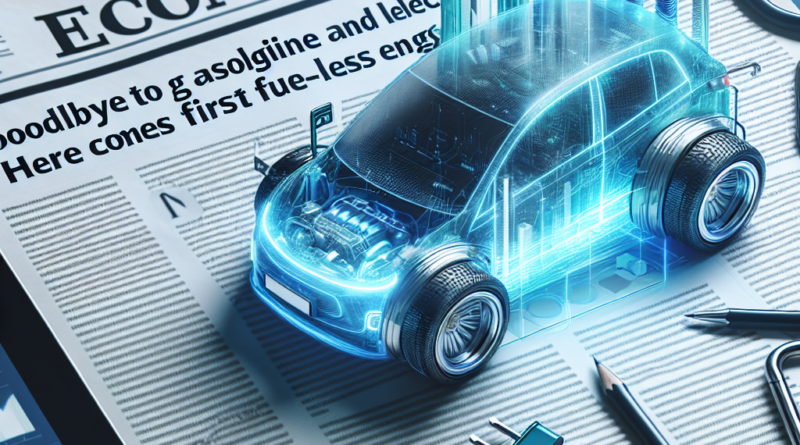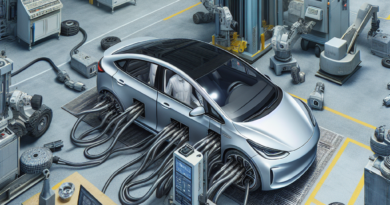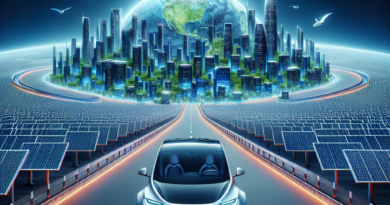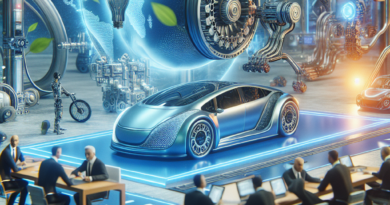Goodbye to Gas and Electric Cars: Introducing the First Fuel-Free Engine
Goodbye Gasoline: Mazda’s New Era Begins
The Japanese automotive powerhouse, Mazda Motor Corporation, is set to bid farewell to gasoline and electric vehicles by pioneering what has been dubbed the world’s first fuel-free engine.
Known for its commitment to automotive evolution, Mazda is once again focusing on the innovative rotary engine, which is being adapted to fit into the modern narrative of electrification and carbon neutrality.
In February, the company announced that the RE Development Group would resume work on enhancing the rotary engine, marking it as a significant player in hybrid propulsion systems.
Embracing Heritage While Innovating
This strategic shift underscores Mazda’s ethical commitment to preserving the identity of its iconic rotary engine — the only manufacturer still embracing its unique design — while refining it to meet contemporary standards.
The rotary engine is perhaps Mazda’s most recognized design element, having been introduced in the Mazda Cosmo Sport back in 1967.
Unlike conventional piston engines, it utilizes a triangular rotor, distinguishing Mazda from its competitors.
Consistently producing rotary engines over the years, Mazda has focused on improving their power, fuel efficiency, exhaust emissions, and overall reliability.
Yet, it faced challenges, particularly in meeting modern emissions regulations.
Recently, the Japanese automaker reintroduced the rotary engine as a generator for hybrid propulsion systems, thereby keeping a vital part of its identity relevant in the move toward a sustainable automotive future.
The Innovative Mazda MX-30 e-SKYACTIV R-EV
This strategic move is exemplified by the Mazda MX-30 e-SKYACTIV R-EV, featuring a single-rotor rotary engine that charges the vehicle’s batteries.
The compact engine boasts a high power-to-weight ratio, addressing previous inefficiencies and high emissions traditionally associated with rotary motors.
By serving primarily as a generator integrated with hybrid powertrains (rather than as the main power source), it aligns with Mazda’s vision of a carbon-neutral society.
This innovation enables Mazda to preserve the essence of the rotary engine while seamlessly integrating it into the electrified systems that will shape the future of mobility.
Future Prospects and Sustainable Innovations
Depending on the application of this cutting-edge technology and the company’s strategic direction, the rotary engine is expected to play a crucial role in Mazda’s future automotive lineup, especially in new hybrid vehicles.
The first concept, SP, was showcased at the Japan Mobility Show in October 2023.
This vehicle features a hybrid-rotary configuration with two rotors supported by electric motors, delivering a total of 365 horsepower.
It illustrates Mazda’s vision of the rotary engine as a high-performance generator within an electrified platform.
Additionally, the company is exploring carbon-neutral fuels for rotary engines to enhance its sustainability strategy.
The RE Development Group, consisting of 36 engineers, indicates that Mazda’s revival of the rotary engine is not merely a historical marketing campaign; it represents a decisive step forward in automotive production, adhering to its tradition while addressing the urgent demands of a carbon-zero agenda.




